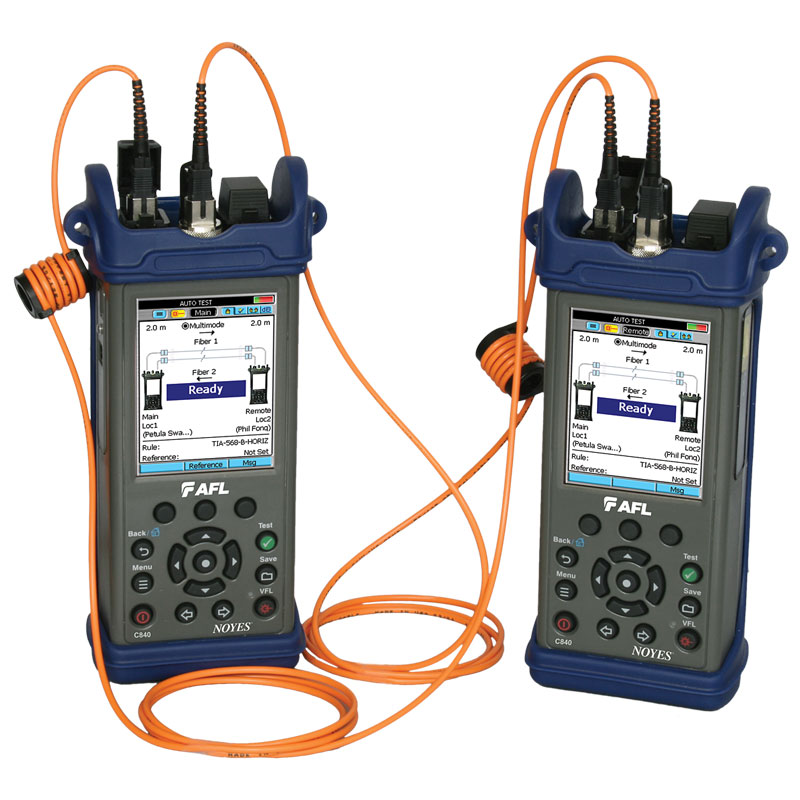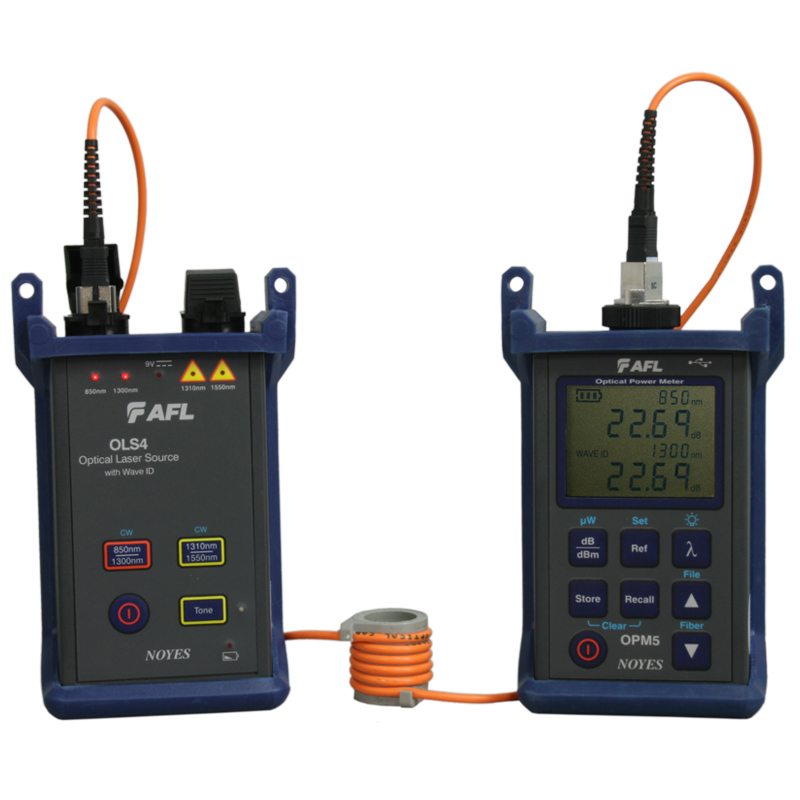A advanced optical fibre diameter analyser supports fibre manufacturing.
The Function of Optical Fibre Screening in Ensuring Top Quality and Performance in Connection Solutions
In today's rapidly developing electronic landscape, the importance of optical fibre testing can not be overstated, as it acts as a cornerstone for making sure the quality and performance of connectivity remedies. By employing a variety of screening methods, consisting of OTDR and loss assessments, organizations can proactively identify and reduce prospective network problems that may impede performance. Furthermore, routine testing not just straightens with industry requirements yet likewise leads the way for improved data transmission. However, as modern technology continues to advancement, the future of optical fibre screening presents interesting difficulties and chances that warrant closer examination.
Significance of Optical Fiber Testing
The importance of optical fiber testing can not be overemphasized in making certain the integrity and performance of interaction networks. As the backbone of modern-day telecommunications, optical fibers promote high-speed data transmission, making their reliability vital to operational success. Evaluating offers as a proactive step to recognize possible concerns such as signal loss, attenuation, and physical damage, which can compromise network performance.
Regular testing permits the verification of installation quality and the detection of flaws that can impact information honesty - ofda. By utilizing extensive testing protocols, network drivers can mitigate the dangers connected with network failings, consisting of downtime and financial losses. Optical fibre testing makes sure compliance with market standards and policies, improving the general quality of service provided to end-users.
Ultimately, the systematic assessment of optical fibres adds to the durability and efficiency of communication systems. It allows stakeholders to make enlightened choices relating to upkeep, upgrades, and troubleshooting. In a landscape where data is increasingly essential, prioritizing optical fibre screening is important to maintaining durable and effective connectivity options, thereby supporting the demands of contemporary digital atmospheres.
Kinds Of Optical Fibre Tests
Different testing techniques are used to ensure the performance and reliability of optical fibers within communication networks. These tests can be broadly categorized into 2 primary types: installment examinations and upkeep tests.
Installation examinations are performed instantly after the setup of optical fibre cable televisions to verify their performance and stability - robotic vision. One of the most common installation tests include Optical Time-Domain Reflectometry (OTDR) examinations, which evaluate the quality of the fibre by identifying mistakes or breaks, and end-to-end loss tests, which gauge the overall optical loss from one end of the fiber to the various other
Maintenance tests, on the various other hand, are executed occasionally to make certain continuous performance and discover possible concerns over time. These consist of aesthetic inspection, which checks for physical damages or improper setups, and continuity examinations, which validate that the signal can travel through the fibre without disruption.
Additionally, advanced examinations such as Polarization Mode Dispersion (PMD) and Chromatic Diffusion (CD) examinations can be performed to examine the fibre's efficiency under different conditions. By utilizing these varied testing techniques, service technicians can keep high requirements of quality and integrity in optical fibre networks.
Benefits of Routine Checking
Regular screening of optical fibers plays a crucial duty in maintaining the total performance and integrity helpful resources of communication networks. By conducting routine analyses, organizations can make certain that their fiber optic installations fulfill sector criteria and run effectively. This proactive method assists to identify possible weak points and degradation in time, permitting prompt treatments prior to issues rise.

Cost-effectiveness is another benefit. By attending to small concerns early, organizations can avoid the high expenses connected with significant repairs or system failings. Normal testing additionally promotes conformity with governing needs, making sure that the network abides by necessary safety and performance criteria.
Usual Concerns Determined
Determining usual concerns in optical fibre networks is crucial for preserving optimum efficiency and reliability. Numerous elements can add to interruptions, including physical damage, bad setup techniques, and ecological influences.
Physical damage, such as bends, breaks, or abrasions, go can significantly deteriorate signal top quality. Inappropriate installment methods, consisting of too much tension or inadequate securing of cables, might lead to raised depletion and loss of connectivity. Furthermore, ecological factors such as temperature fluctuations, wetness ingress, and rodent disturbance can jeopardize the honesty of the fiber.
Adapter issues additionally frequently occur, with improper alignment or contamination bring about increased insertion loss. Moreover, splicing mistakes can present significant signal degradation if not performed with precision.

Dealing with these typical issues with routine optical fibre testing not only boosts network integrity however likewise optimizes general performance, making certain that connectivity options continue to be durable and effective.
Future Trends in Examining
As the demand for high-speed connectivity remains to climb, the future of optical fibre testing will significantly concentrate on automation and advanced analytics. The combination of synthetic knowledge (AI) and artificial intelligence (ML) in screening processes will certainly allow more efficient data evaluation and predictive upkeep, decreasing downtime and improving total network integrity. Automated screening options will streamline the assessment and certification of fiber networks, minimizing human mistake and boosting testing throughput.
One more significant trend is the fostering of remote testing technologies. As the implementation of fiber networks increases into remote and underserved locations, remote screening capabilities will certainly permit specialists to keep track of and detect network problems without physical existence, consequently minimizing functional expenses and enhancing response times.
Additionally, there will certainly be a shift in the direction of more comprehensive screening criteria that incorporate not only standard loss measurements yet likewise performance metrics such as latency and transmission capacity usage. This all natural method will help with better network administration and optimization techniques.
As these trends progress, the optical fiber testing landscape will not only boost the quality and efficiency of connection remedies yet likewise sustain the growing intricacies look these up of modern-day interaction networks.
Verdict
In conclusion, optical fibre screening serves as a fundamental part in maintaining the honesty and performance of interaction networks. The continuous commitment to routine screening not just boosts information transmission however also lines up with industry criteria, fostering reliability in network facilities.